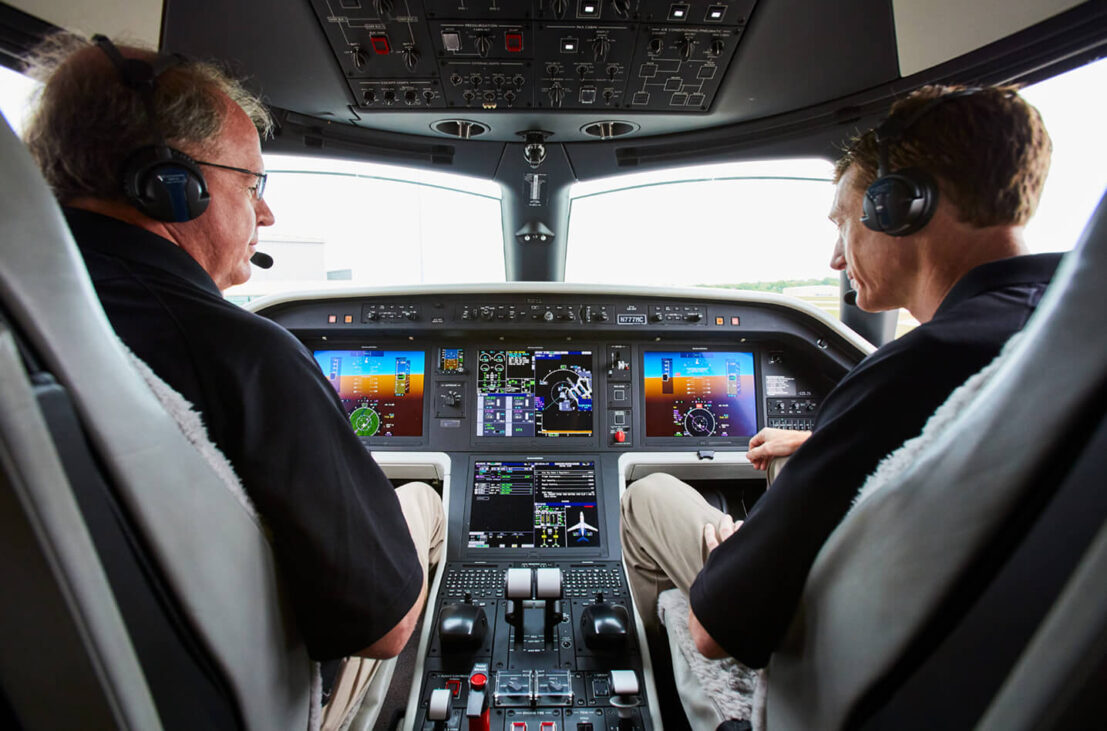
Every organization’s safety journey to safety data analysis and sharing is likely to be unique. Review the common milestones often found in these journeys.
-
Secure management buy-in for safety data collection and sharing programs to address identified issues when they arise.
“Sitting on” known, documented safety issues can be a bigger liability if your organization does have an accident or incident. Management buy-in and a culture that will collect and effectively use safety data is required for an impactful safety data collection and analysis program.
-
Work with management to ensure your organization has a just culture, which is essential for employee buy-in for safety data analysis and sharing.
Fear of retribution for reporting issues or owning up to mistakes may cause strong pushback from employees who are worried that “big brother” is present.
-
Work with management to secure financial support.
Although safety data collection programs may seem expensive when viewed at surface level, these programs are the cost of doing business. These expenses should be viewed as an insurance policy, which may result in cost savings in the long run.
-
Engage narrative support organizations for your internal narrative safety analysis.
Review this list of narrative safety data analysis support organizations.
-
Engage FDM support organizations for your internal flight data monitoring data analysis.
Review this list of flight operations safety data analysis support organizations.
-
Engage in data sharing programs.
Use the FAA’s ASIAS initiative and those offered by your safety data vendors (e.g., C-FOQA Centerline, ACSF, etc.) to benchmark your operation’s performance against the performance of peer operations and to receive the safety benefits derived from the greater community.
-
Review the “lessons learned” experiences of other operations and apply them to your safety program.
Sharing your own organization’s “lessons learned” with other operators is an excellent way to improve industry-wide safety and build valuable relationships with the community.
-
Attend safety-related business aviation forums and conferences.
The following events can help you learn more about safety data collection and sharing:


 International Business Aviation Council Ltd.
International Business Aviation Council Ltd.